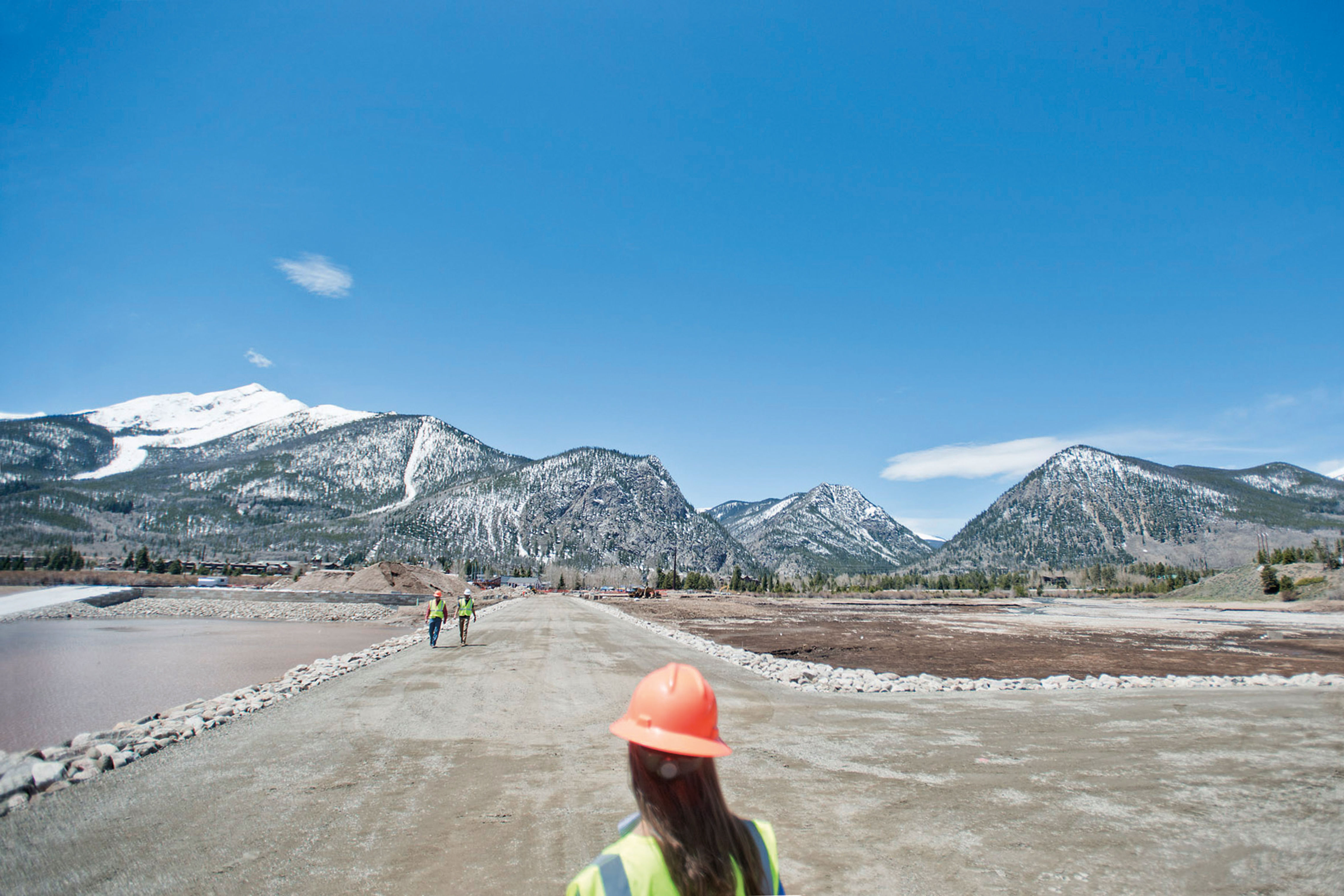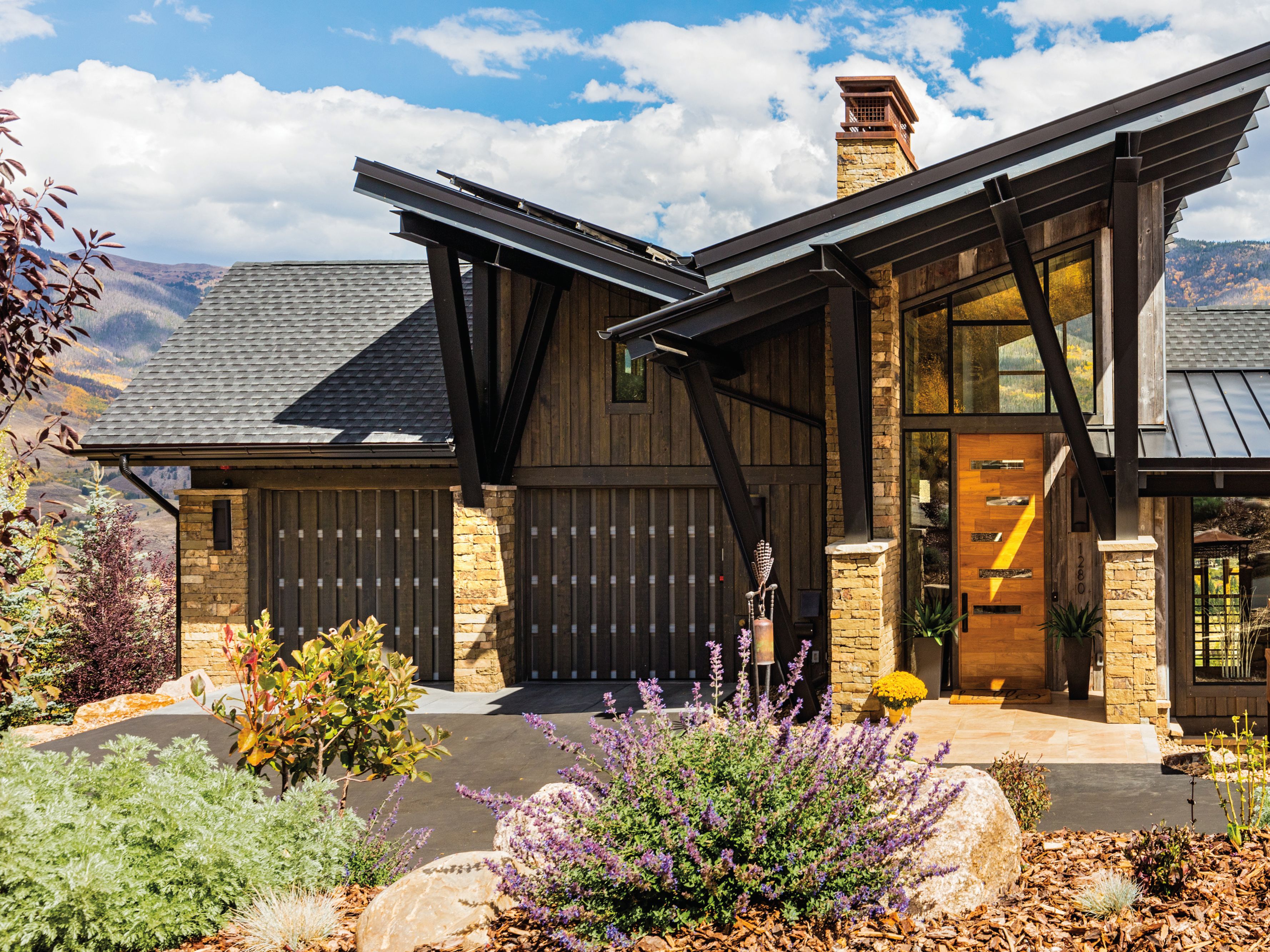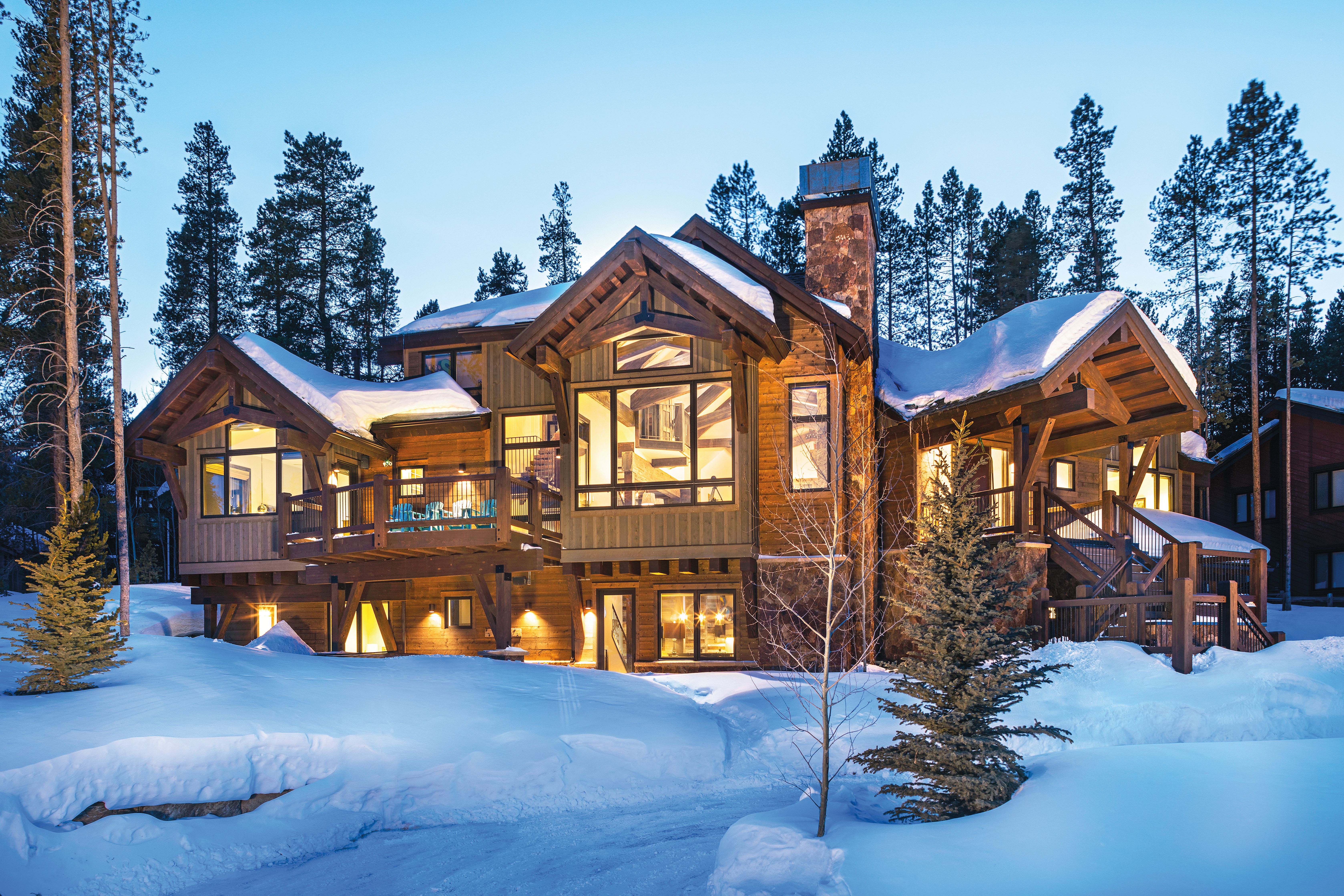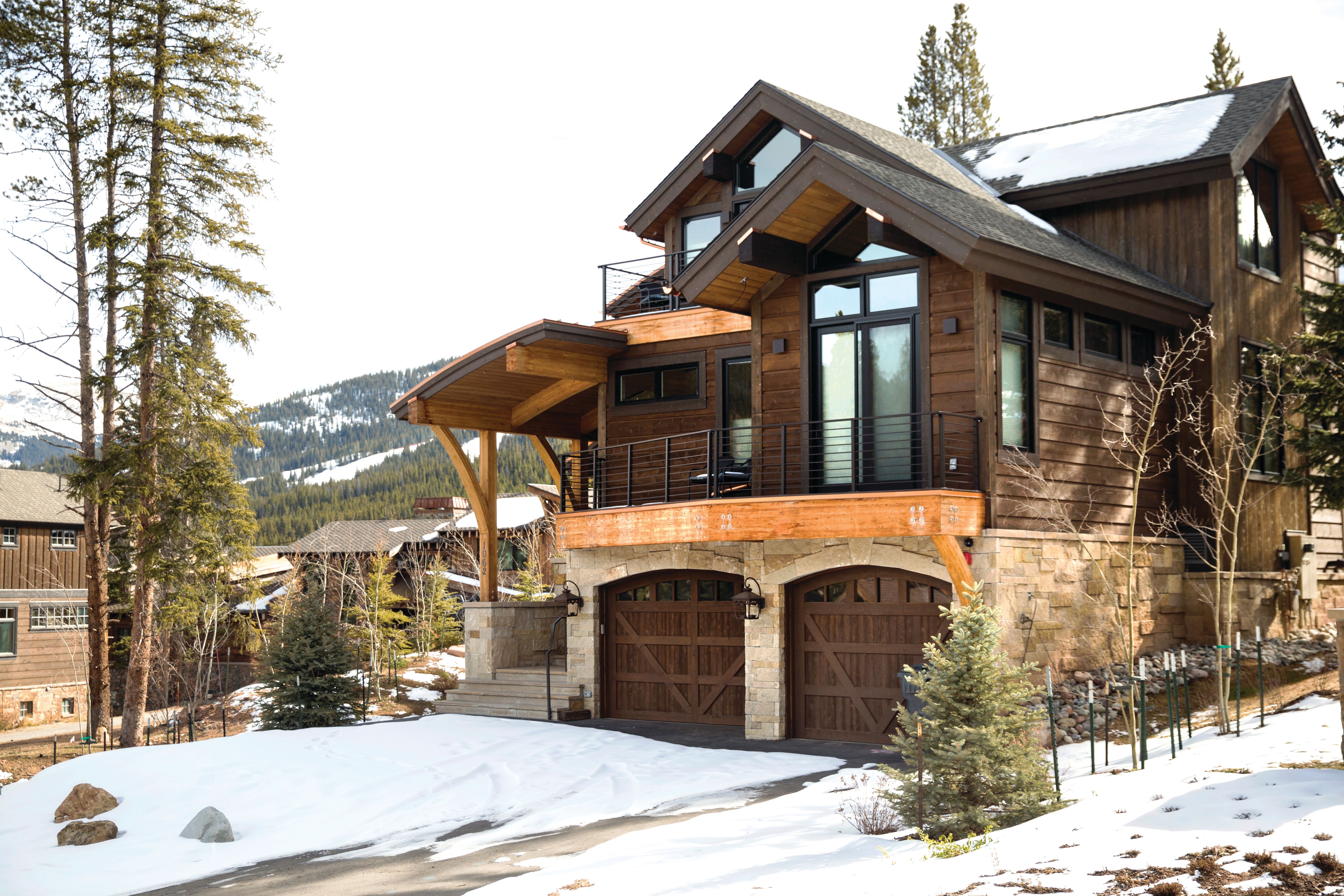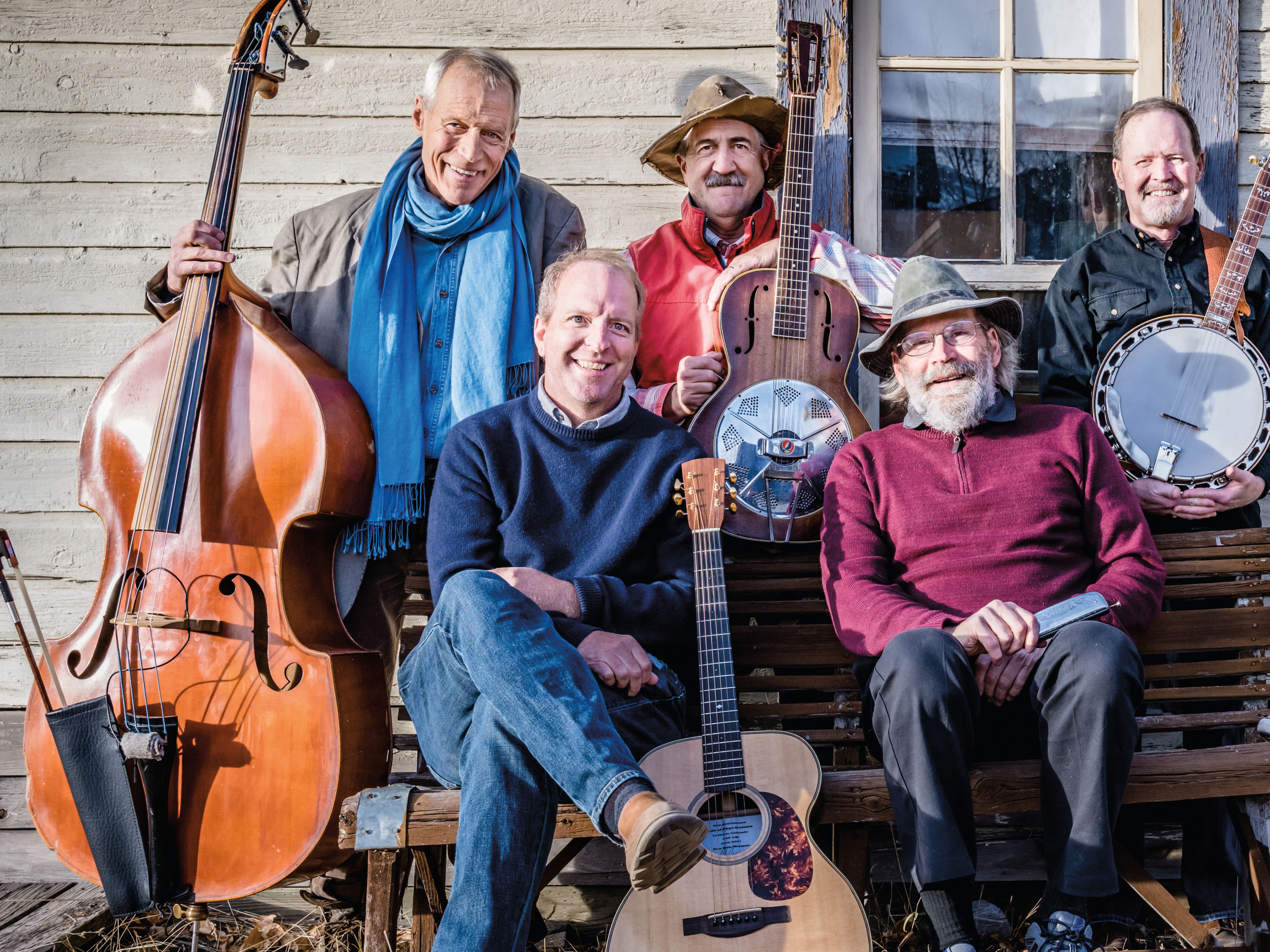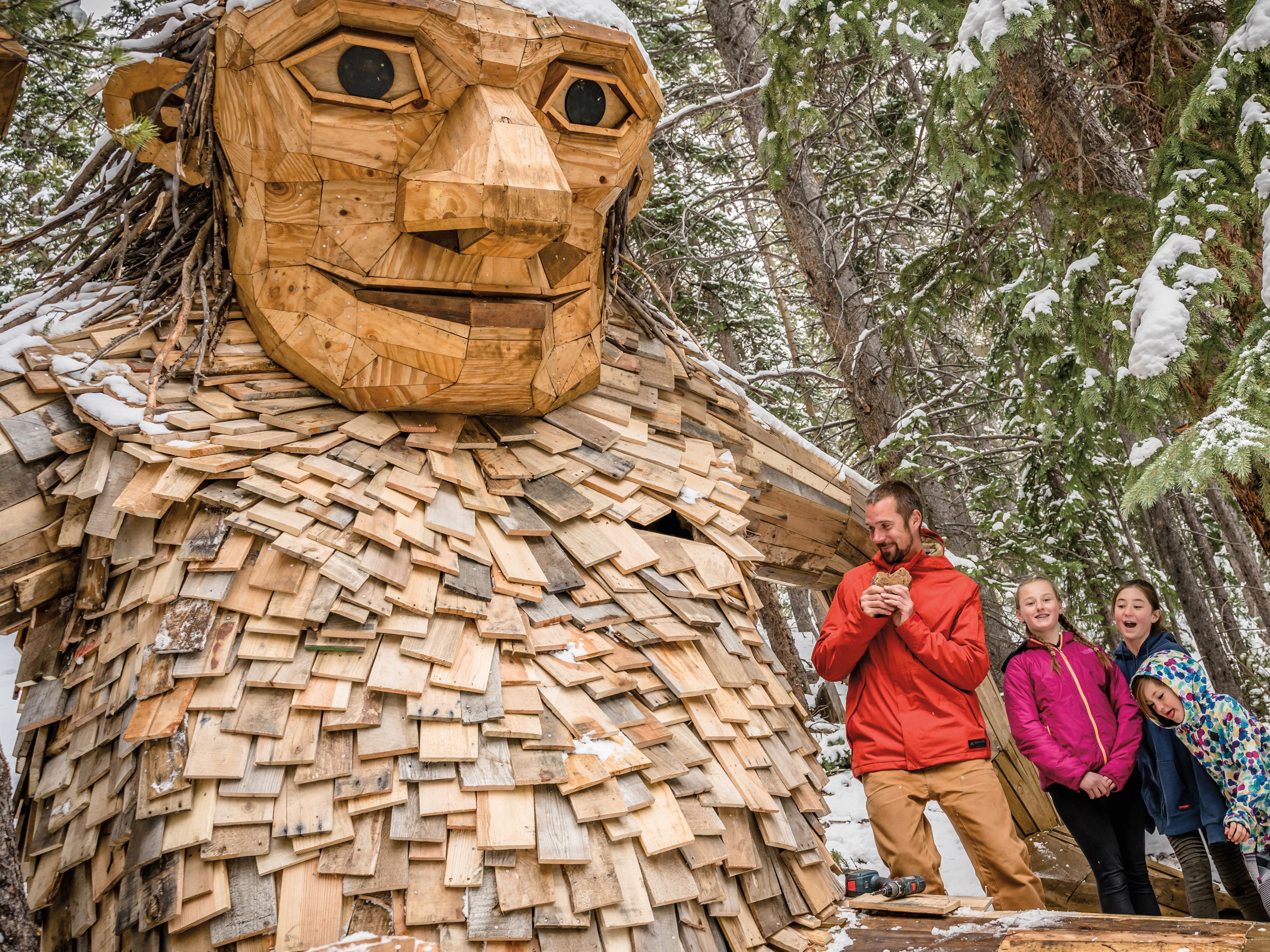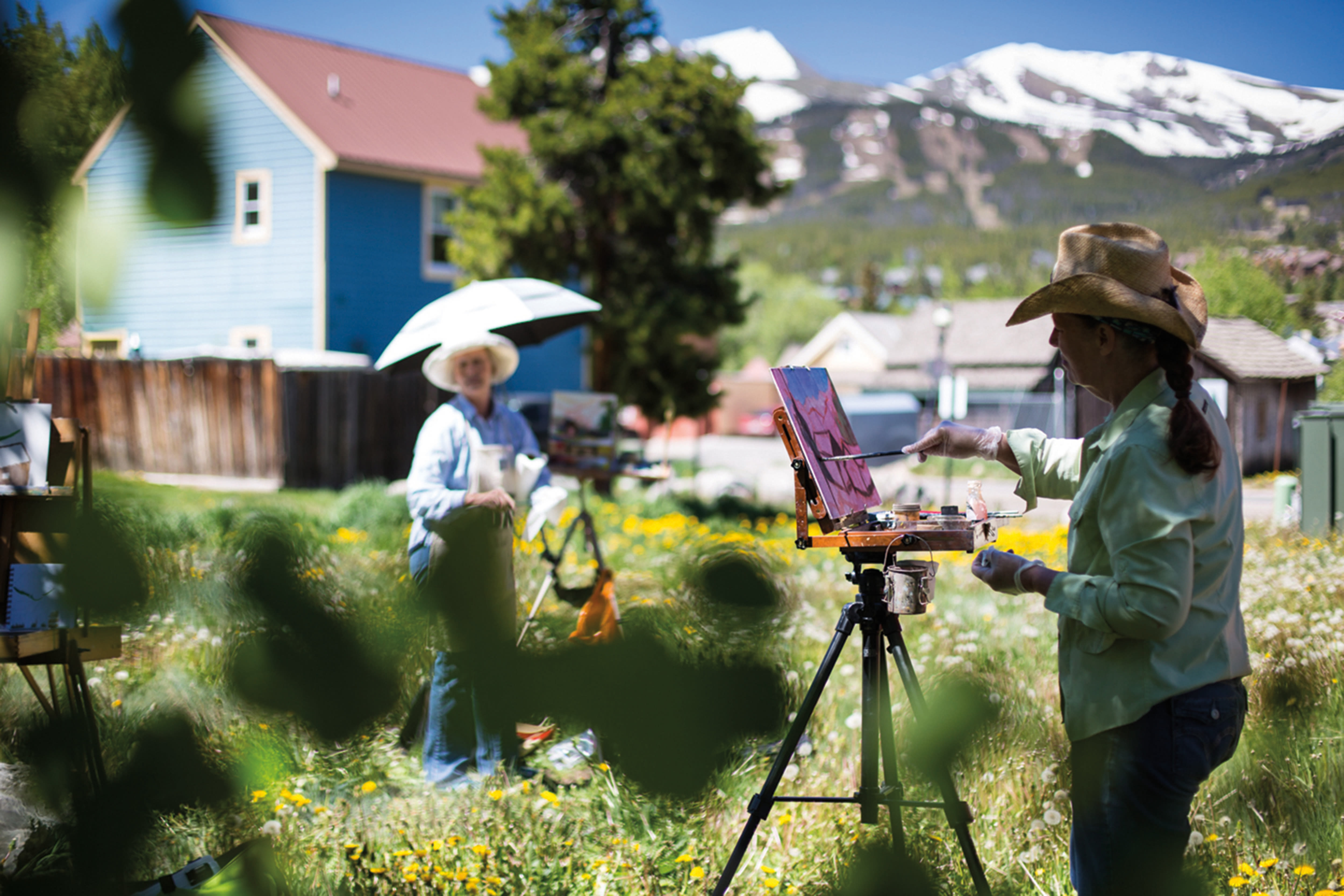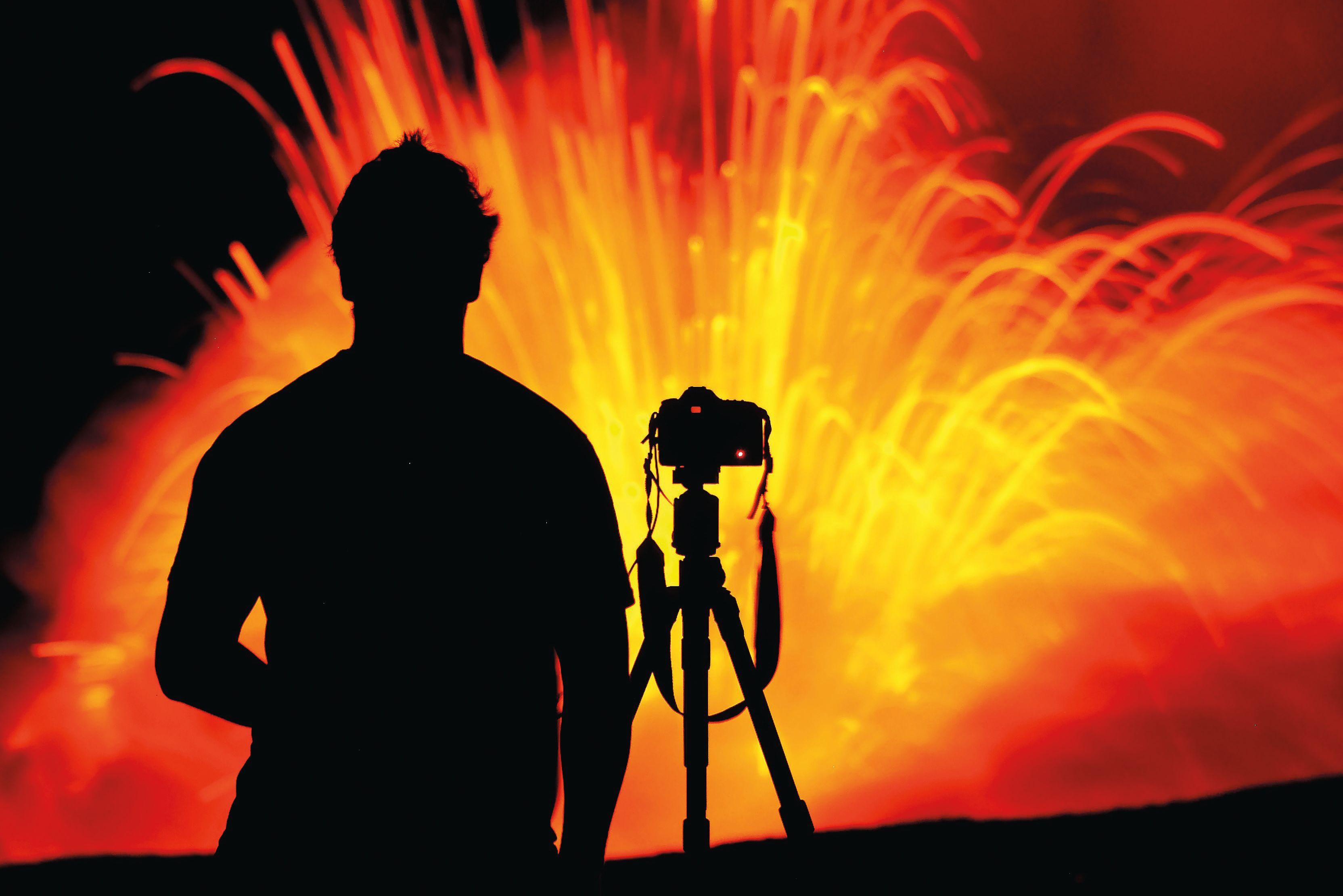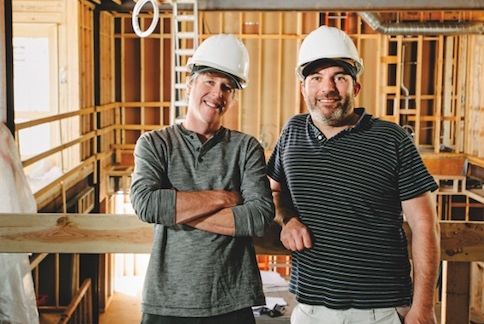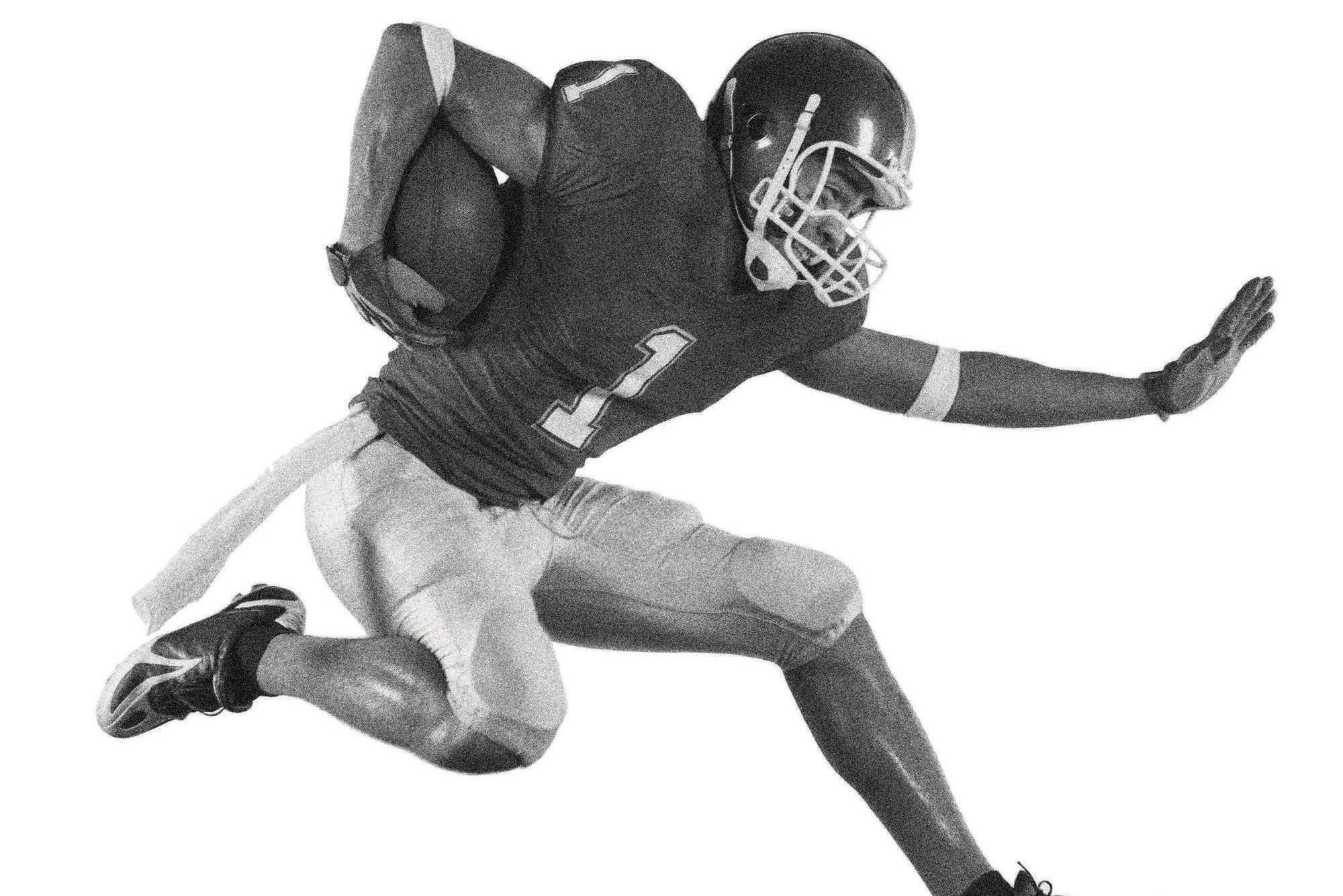Tune In
Radio Days
KSMT—one of the longest-lived ski-town radio stations in America—still rocks at 40.
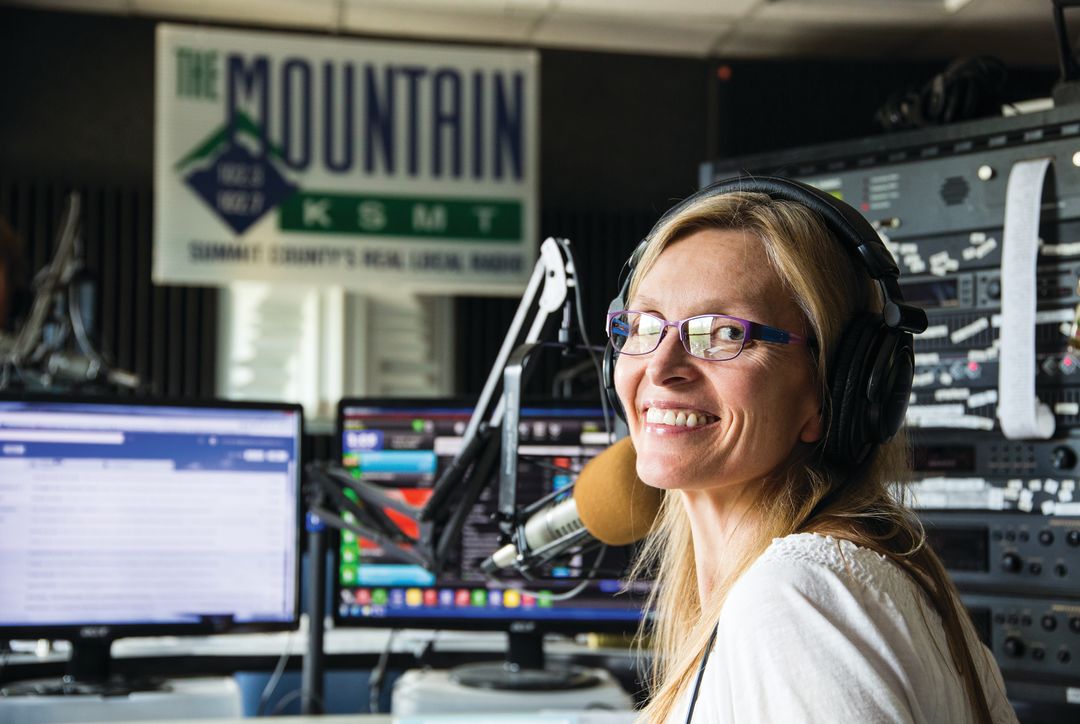
Image: Liam Doran
In the early spring of 1975, a small group of Breckenridge locals led by Robin Theobald snowmobiled up Gibson Hill just east of the Blue River. Theobald, a fifth-generation Breckenridge resident who had worked at a radio station in college, was interested in starting a station in his hometown and believed the site would be perfect for a transmitter tower.
His inclination proved correct. Once Theobald had identified the landowner, he bought a sliver of Gibson Hill for his tower and used mules to transport cement for the foundation. (In exchange for selling, the property owner finally got electricity at his home, and Theobald agreed to grade the dirt road.)
A few months later, in September 1975, Theobald and his father, Robert, launched KLGT, or K-Light—102.1 on the FM dial. The station, now called KSMT, marks 40 years on the air this fall, making it one of the longest-tenured ski-town radio stations in the country. To celebrate its ruby anniversary, KSMT is giving away prizes for 40 straight weeks and commissioned a double IPA from Broken Compass Brewery called Two Turntables and a Microbrew.
Much has changed since its launch, but as with anything that lasts, more has remained the same. KSMT still occupies the 102.1 frequency and programs all of its music in-house. It’s still churning out Summit County news, tips, and information with a local flair befitting the eclectic community it serves. And although it has counted at least five owners over its lifetime—including Al Sikes, who went on to become chairman of the FCC—save for a brief stint in Avon, the station has always called Breckenridge home.
Alas, the wildly popular “lost dog report” ended decades ago, as did the “ride board” that helped listeners find a lift to Denver and beyond (see “Bus to Move,” right, for our ride-sharing tip). Its progressive-country-and-rock foundation has given way to a blend that programming director (and longtime DJ) Stacy Towar calls a mix of “indie rock and alternative and jam band.” Also, the classical music show once hosted by now-Mayor John Warner went the way of the plastic reel-to-reel tape that Theobald used to slice into with a razor blade to insert commercials.
Yet even with the rise of digital sites like Pandora and the range of satellite radio, ski-town stations remain relevant, Towar says, because of their “human touch.” When Breckenridge suffered through a drought in the winter of 1976, for example, Theobald convinced one of his DJs to stay on the air until it snowed. “I think he lasted 15 days,” Theobald recalls. “He honestly didn’t go home. We had some ways to let him go take a bath, like you’d put on a Grateful Dead set and he’d have 30 minutes to kill.”
And as KSMT general manager Lindsey Cotton (pictured above) points out, a recent Nielsen study found that 94 percent of Coloradans 12 and older tune in to radio at least once a week. “It’s still a free medium,” Cotton says. “Sirius Radio is not going to tell you whether I-70 is closed, and they’re not going to tell you about a party at Copper Mountain.”
But KSMT’s DJs will, just as they have since Gerald Ford was president and most of the roads in town were still paved in dirt.



